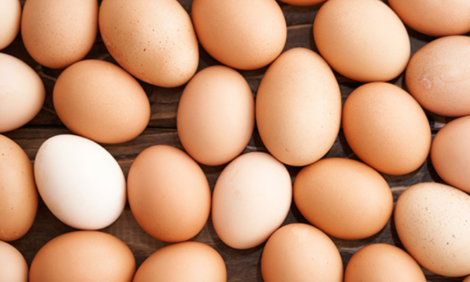



Arm & Hammer research looks at early colonizing bacteria and impact on microbiome
Arm & Hammer views chicks at their day of hatch to see the early colonizing bacteria and how the microbiome is set up as chicks mature.They have noticed that often the chicks have high levels of avian pathogenic E. coli, and that certain bacteria are missing that should exist and are typically found in the breeders. By studying these bacteria in the birds, Arm & Hammer has found a lot of variability in early colonizing bacteria among different hatcheries.
“Usually there's vertical transmission from mother to child,” says Dr. Zandra Smith, research manager at Arm & Hammer Animal Nutrition. “With these birds, the eggs are taken from the mothers, so the bacteria that they live in and on the egg are the ones that are colonizing. But people have been trying to remove some of those eggs from the shell. We're finding that there's a bloom of certain bacteria as the birds hatch.”
Arm & Hammer Animal Nutrition is currently developing a probiotic based on lactic acid bacteria and bacillus. They plan to give it to the birds as early as possible, so the gut is set up for a good microbial succession.
“What we're hoping to see when we start putting the probiotic into birds is that we're getting an improved day seven mortality and more uniform flocks, so there's less variability bird-to-bird,” said Dr. Smith. “It's really important to get the right bacteria in there really early to reduce some of the pathogens that we have noticed in the birds at very early ages.”
The first measurement looks at day seven mortality to determine if the birds have a better chance of survival. As the flock gets healthier, the birds should be more uniform, preventing significant variations between the birds.









